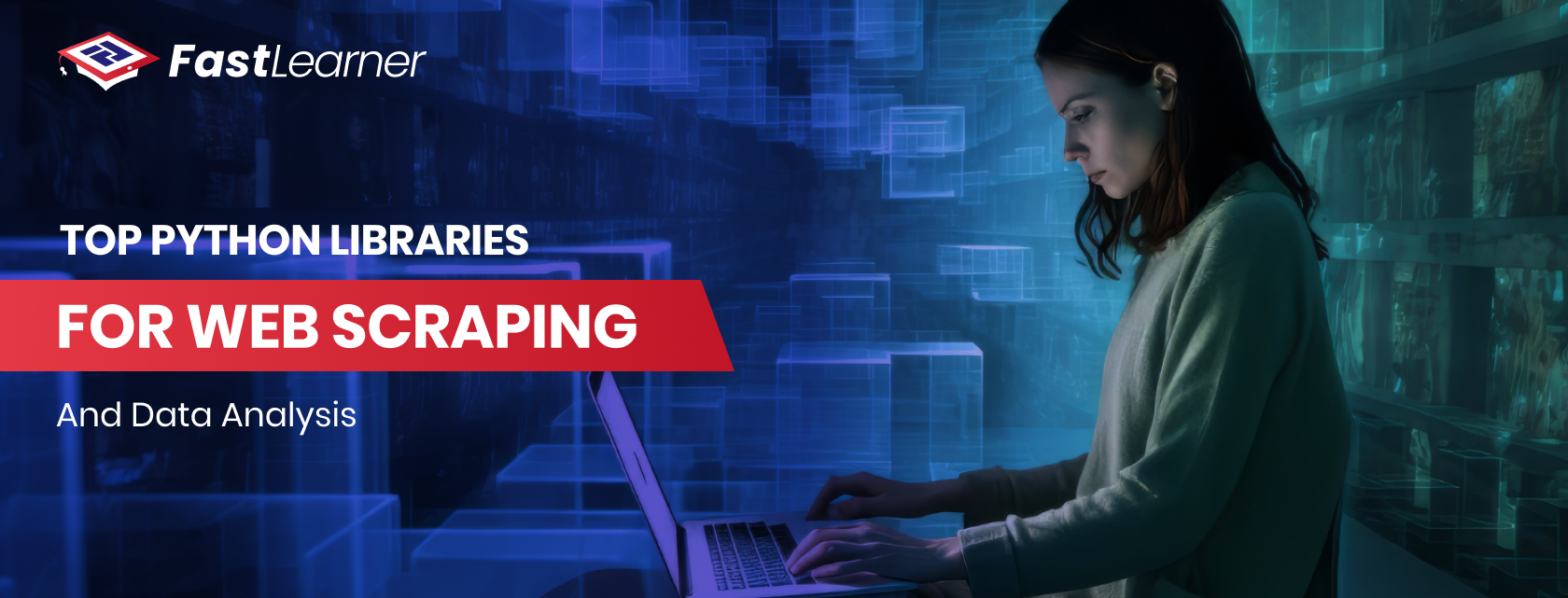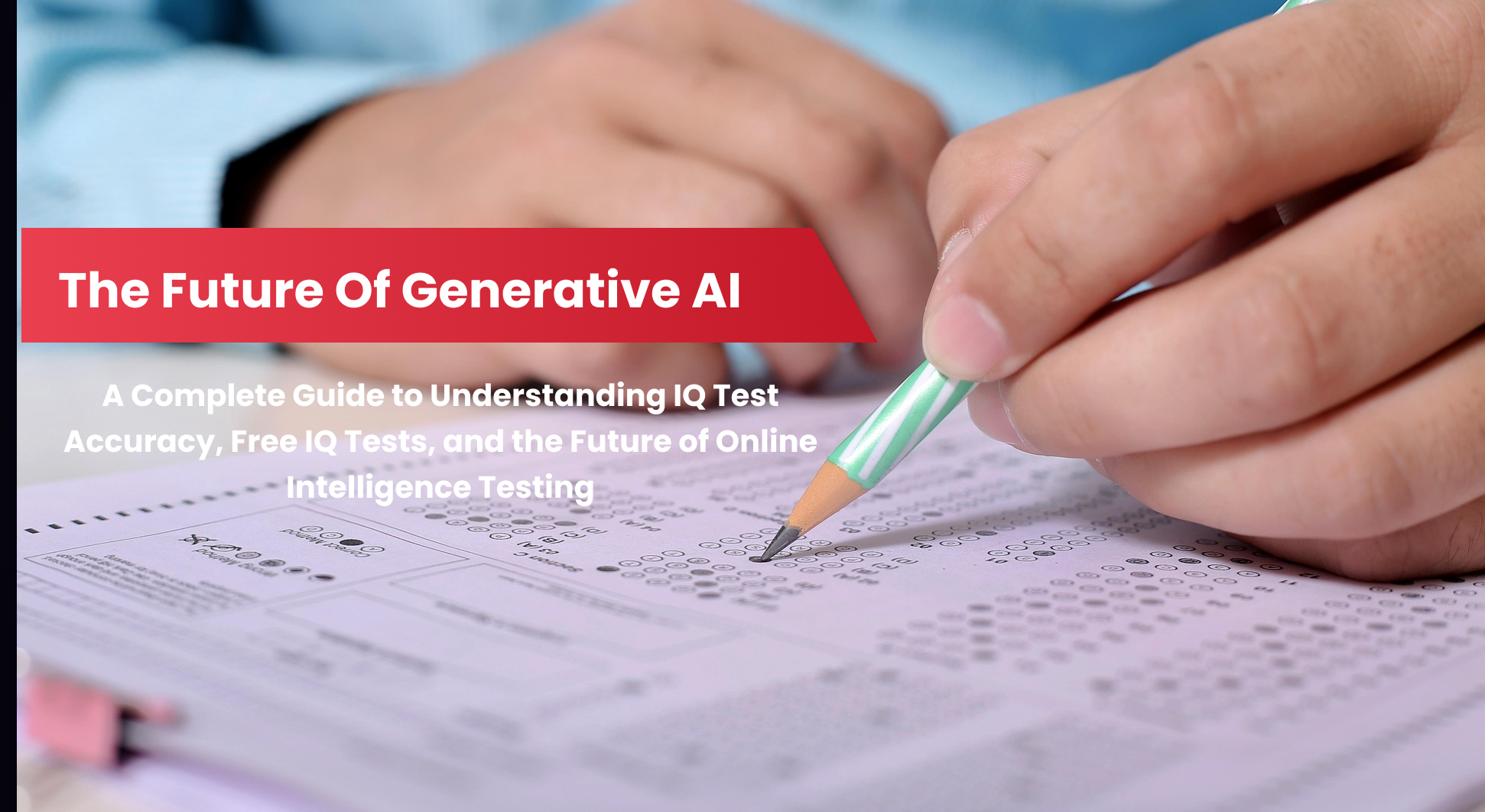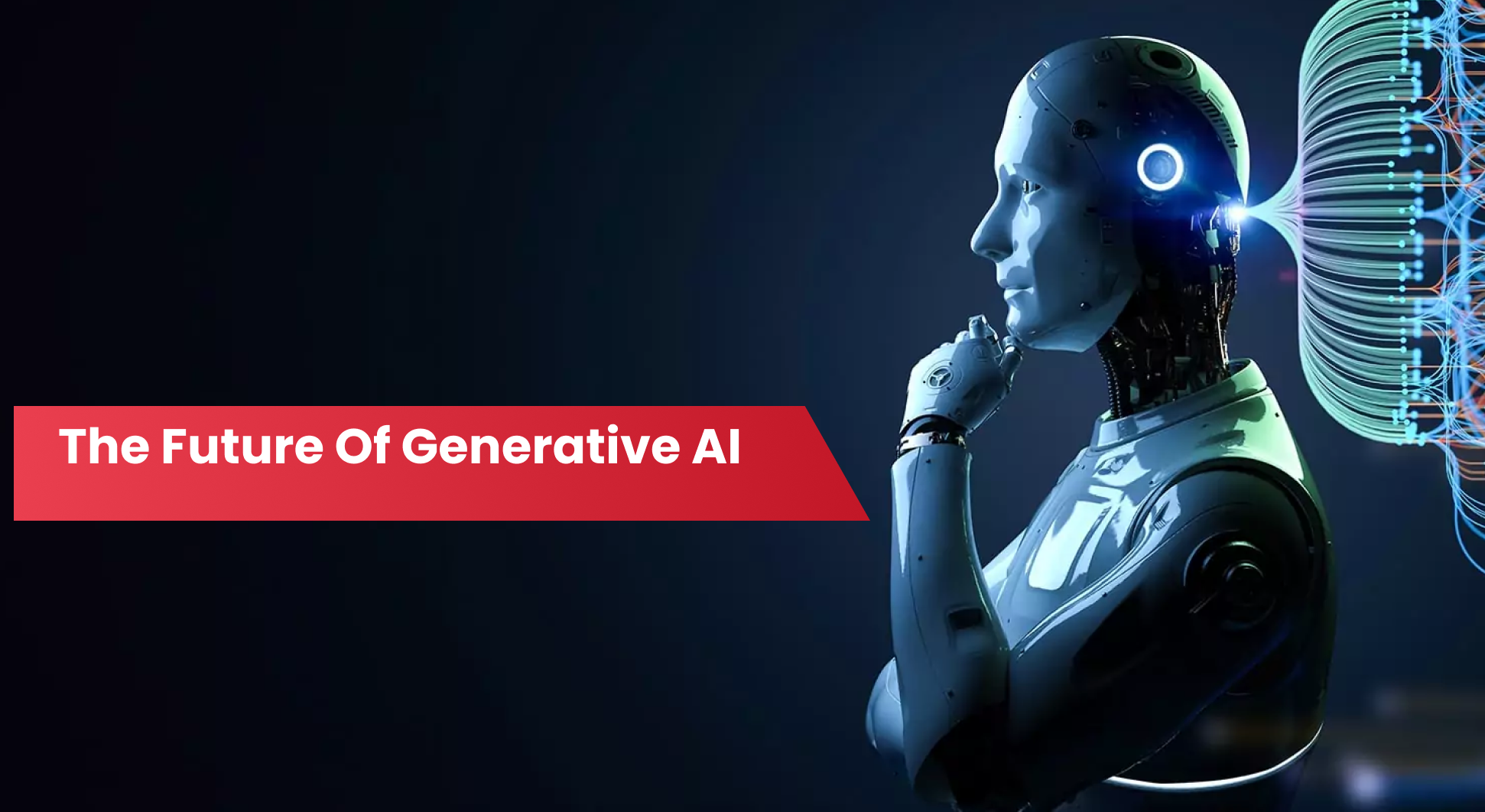Every day, over 2.5 quintillion bytes of data are created online, according to Forbes, and much of it is scattered across websites waiting to be harnessed. But how do you extract this goldmine of information efficiently? Enter web scraping—a powerful technique that allows you to collect and analyze data from the web with precision.
Python, the most popular programming language for web scraping, owes its dominance to its rich ecosystem of libraries. Python libraries like BeautifulSoup, Scrapy, and Selenium have revolutionized how developers and data enthusiasts approach web scraping, from extracting data from static pages to handling dynamic content.
This blog will explore the top Python libraries for web scraping and data analysis, helping you choose the right tools to turn raw data into actionable insights.
Key Takeaways - Python Libraries For Web Scraping
- Python is the most popular language for web scraping due to its extensive library ecosystem.
- Top Python libraries for web scraping include BeautifulSoup, Scrapy, Selenium, Requests, and lxml.
- Each library has unique features suited for different project requirements.
- After scraping, libraries like Pandas and Matplotlib are essential for data analysis.
- Fast Learner offers resources to help you master web scraping using Python.
What is Web Scraping?

Web scraping is extracting data from websites and converting it into a structured format, such as a spreadsheet or database. It’s widely used for price monitoring, market research, lead generation, and content aggregation applications.
But what is web scraping in Python, and why is it the preferred choice? Python’s popularity stems from its extensive library ecosystem, simplifying sending HTTP requests, parsing HTML, and handling dynamic content. Whether you’re a beginner or an experienced developer, Python offers tools catering to every expertise level. Want to learn web scraping with Python? FastLearner is an AI-powered learning platform that can help you learn Python with ease.
Why Use Python Libraries for Web Scraping?
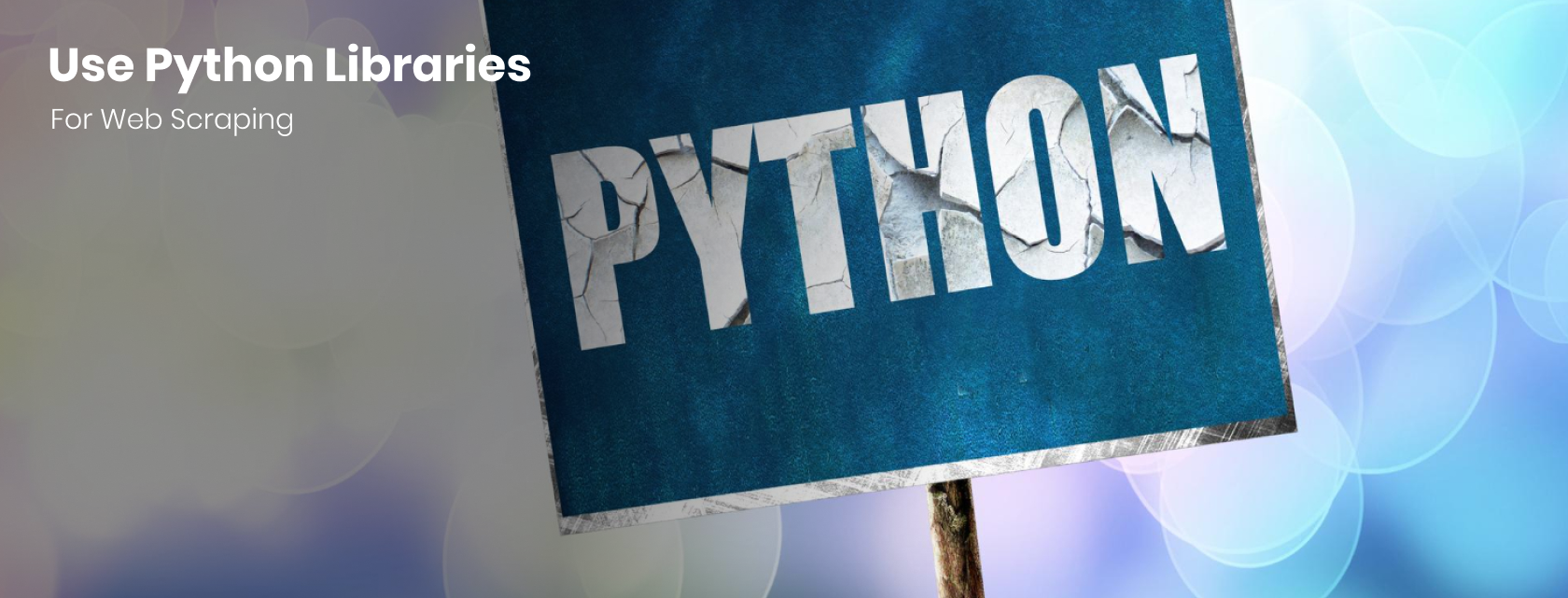
Python libraries for web scraping are designed to make the process faster, easier, and more efficient. These libraries handle complex tasks like navigating HTML structures, managing cookies, and even interacting with JavaScript-rendered content.
Here’s why Python stands out:
- Ease of Use: Python’s syntax is simple and beginner-friendly.
- Rich Ecosystem: There’s a web scraping library for every need, from basic HTML parsing to advanced dynamic content handling.
- Community Support: Python has a vast community of developers who contribute to its libraries and provide support through forums and tutorials.
Top Python Libraries for Web Scraping
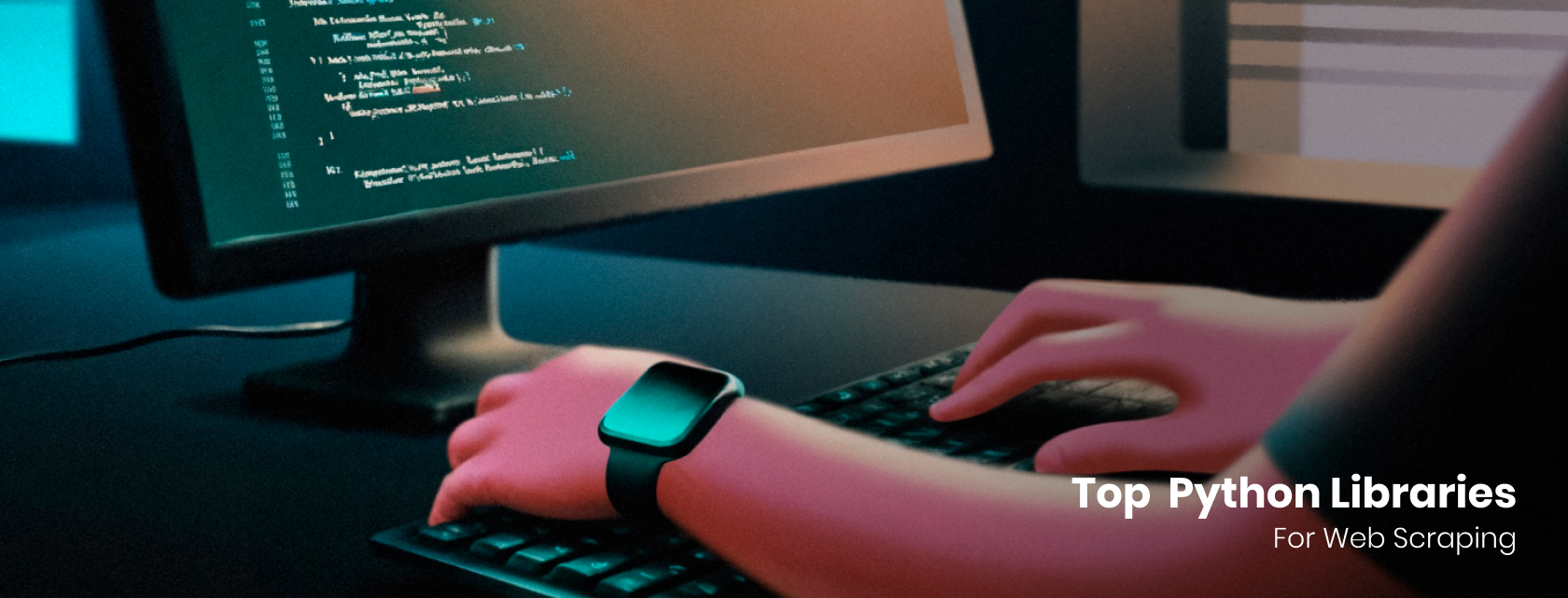
When it comes to what libraries are best for web scraping in Python, the following tools are the most popular and widely used:
1. BeautifulSoup
BeautifulSoup is a lightweight library that makes it easy to parse HTML and XML documents. It’s perfect for beginners and small-scale projects.
Key Features:
- Extracts data from HTML tags with ease.
- Supports searching and navigating the document tree.
- Works seamlessly with the requests library for fetching web pages.
Python web scraping example with BeautifulSoup:
python
from bs4 import BeautifulSoup
import requests
url = “https://example.com”
response = requests.get(url)
soup = BeautifulSoup(response.text, ‘html.parser’)
print(soup.title.text)
2. Scrapy
Scrapy is a powerful framework for large-scale web scraping projects. It’s designed for efficiency and scalability, making it ideal for professionals.
Key Features:
- Built-in support for handling requests and responses.
- Allows you to scrape multiple pages simultaneously.
- Includes tools for data cleaning and storage.
3. Selenium
Selenium is a browser automation tool that’s perfect for scraping dynamic websites. It can interact with JavaScript-rendered content, making it a versatile choice.
Key Features:
- Automates browser actions like clicking and scrolling.
- Handles dynamic content and AJAX requests.
- Supports multiple browsers, including Chrome and Firefox.
4. Requests
Requests is a simple yet powerful library for sending HTTP requests. It’s often used in combination with other libraries like BeautifulSoup.
Key Features:
- Handles GET and POST requests effortlessly.
- Supports session management and cookies.
- Lightweight and easy to use.
5. lxml
lxml is a high-performance library for parsing HTML and XML. It’s faster than BeautifulSoup and ideal for projects that require speed.
Key Features:
- Efficient parsing of large documents.
- Supports XPath and CSS selectors for data extraction.
- Works well with other libraries like Requests.
Python Libraries for Data Analysis After Web Scraping
Once you’ve scraped the data, the next step is to analyze it. Python offers several libraries for this purpose:
1. Pandas
Pandas is the go-to library for data manipulation and analysis. It allows you to clean, transform, and analyze data with ease.
2. NumPy
NumPy is essential for numerical computations. It’s often used alongside Pandas for handling large datasets.
3. Matplotlib and Seaborn
These libraries are perfect for visualizing your data. They allow you to create charts, graphs, and other visual representations of your findings.
How to Choose the Right Python Library for Web Scraping
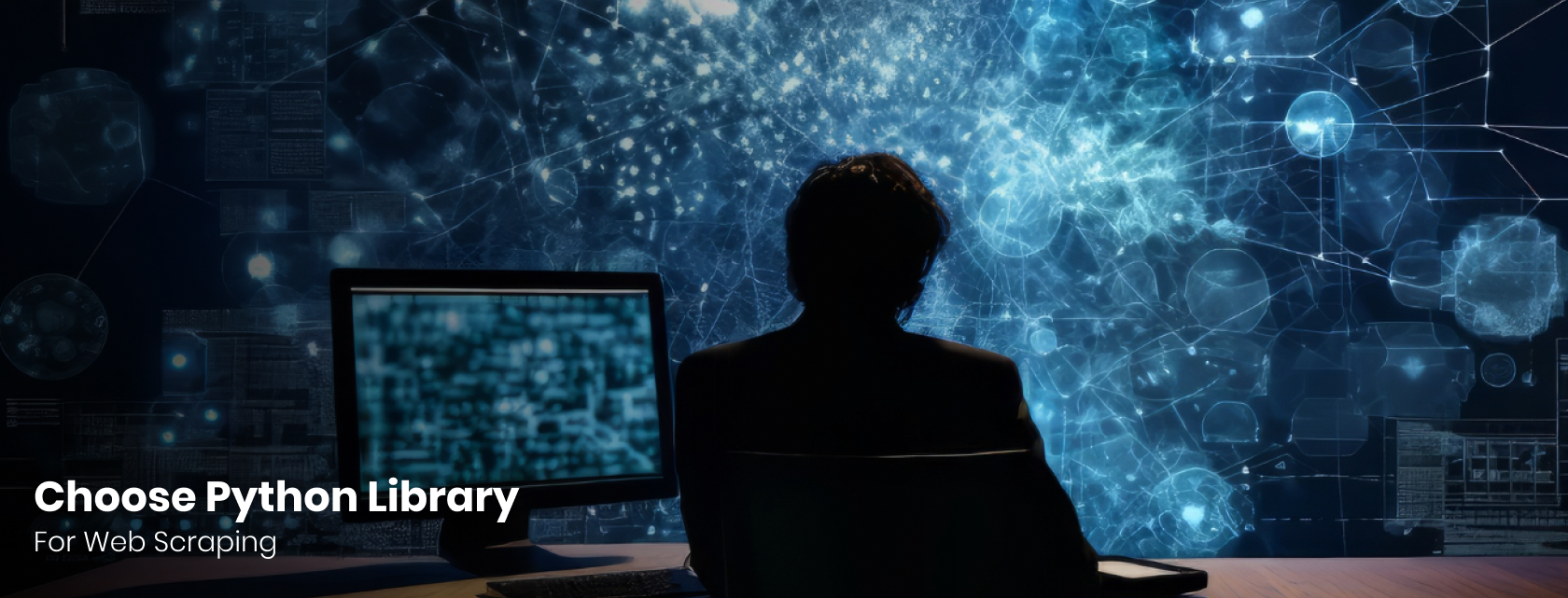
Selecting the right web scraping library depends on your project’s requirements. Here are some tips to help you decide:
- For Beginners: Start with BeautifulSoup for its simplicity.
- For Large-Scale Projects: Use Scrapy for its efficiency and scalability.
- For Dynamic Content: Choose Selenium to handle JavaScript-rendered pages.
- For Speed: Opt for lxml if performance is a priority.
Conclusion - Python Libraries for Web Scraping
Python’s rich ecosystem of libraries makes it the ideal choice for web scraping and data analysis. Whether you’re a beginner or a seasoned developer, there’s a library that fits your needs. By mastering these tools, you can unlock the full potential of web scraping and turn raw data into actionable insights.
If you’re ready to take your skills to the next level, check out our course to learn web scraping with Python on Fast Learner, an AI-powered learning platform designed to help you succeed.
FAQs - Python Libraries for Web Scraping
Several Python libraries, including BeautifulSoup, Scrapy, Selenium, and Requests, are used for web scraping. Each library serves different purposes, from parsing HTML to handling dynamic content.
The most commonly used web scraping module in Python is BeautifulSoup, which is part of the bs4 package. It’s ideal for parsing HTML and XML documents and extracting data efficiently.
Yes, Python is excellent for web scraping due to its simple syntax, extensive library support, and active community. It’s the preferred language for both beginners and professionals.
Scrapy is the best framework for web scraping with Python. It’s designed for large-scale projects, offering features like asynchronous scraping, data pipelines, and built-in support for handling requests.
Scrapy is better for large-scale, complex scraping projects, while BeautifulSoup is ideal for smaller, simpler tasks. Scrapy is a full-fledged framework, whereas BeautifulSoup is a lightweight library for parsing HTML.
